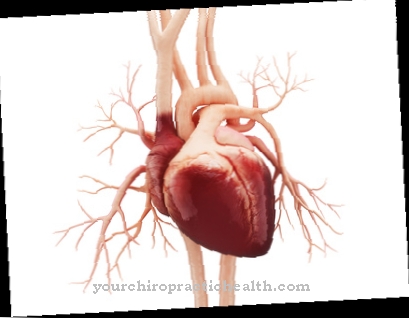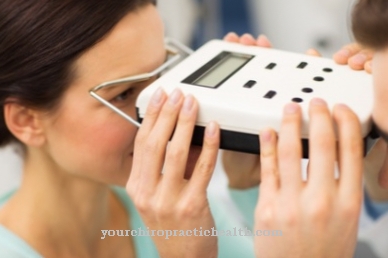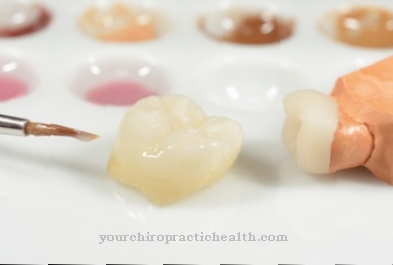Orthopedic seat shells are used, among other things, for wheelchair-like substructures or wheelchairs. They are available in standard versions, but also as custom-made products, because the ultimate goal of an orthopedic seat shell is as supportive, comfortable and secure a seat and hold as possible for the patient.
What is an orthopedic seat shell?

Seat shells serve to secure the seat or the hold of a person in wheelchairs and the like and to make them as comfortable as possible. Two well-known versions of the seat shell from everyday life are the seating or lying surface, which can be found in prams or child seats for cars.
These, too, primarily serve to ensure that the child who was accommodated in the stroller or vehicle sits in it as safely and yet as comfortably as possible. The seat and reclining shells, which can be found in more everyday things such as prams, are also basically made according to orthopedic standards. However, they often differ more than minimally from actual orthopedic seat shells.
In wheelchairs and the like, there is often the problem that people usually sit or lie in them for several hours or even permanently. So that this does not have a negative effect on posture, bones, joints, muscles and other things, the seat shell is demanded a lot. For this reason, seat shells are always orthopedic and made to measure by a professional in such cases.
Orthopedic seat shells that are standardized are only rarely available and when they are, then for limited areas of application. For example, when a wheelchair is only needed occasionally or for a limited time. This can be the case, for example, after an injury and during the healing phase.
Shapes, types & types
Most orthopedic seat shells are made to measure. For this reason, there are certain shapes, types and types only to a limited extent, as all designs differ from one another. In addition, the manufacture of an orthopedic seat shell requires experience and specialist knowledge, which can be demonstrated by experts who often work with doctors and medical supply stores. In every medical case, however individual, a seat shell should ensure that the patient is always as mobile as possible. For this purpose, the seat shell is always adapted as precisely as possible to the patient's body, their state of health and the need for use.
Overall, however, a distinction is made between seat and reclining pans, the features of which can, however, in many cases be combined to form a seat and reclining cradle or other designs in favor of the patient. In addition, there are seat shells that are permanently adapted to a specific base. There are also models that are attached to several frames or can even be pushed independently across the floor thanks to integrated rollers.
Seat shells also differ in their materials and their structure. Various types of soft foam and padding can be used, which are covered with different materials. For example, depending on the area of application, these can be particularly flexible, water-repellent or rather firm. In addition, the materials can also decide whether the seat shell is later waterproof or suitable for special outdoor activities.
Structure & functionality
Even in the case of an orthopedic construction, the seat shell usually consists of a basic structure which, depending on the design of the shell, size and weight, consists for example of hardened plastic. This is usually padded with a vacuum impression of the patient using modern soft foam technology. As a result, the shell can be adapted very precisely to the patient's physical and health needs in terms of its supporting or supporting properties.
However, almost every orthopedic seat shell is always made in such a way that its shape is completely adapted to the body, so that the body weight is not distributed over one or specific, but instead over the largest possible area. Among other things, this is intended to avoid pressure peaks, but also postural damage.
In addition, thanks to its shape and texture, the seat shell can also support the patient's independence - for example by making it easier for them to get in and out of the wheelchair independently. Furthermore, seat shells can be manufactured in several parts so that they can be expanded with other parts, for example, and thus easily adapted to other needs or bases at any time.
You can find your medication here
➔ Medicines for back painMedical & health benefits
The primary goal of a suitable orthopedic seat shell is that the patient remains as mobile as possible and as comfortable as possible despite physical limitations. Pressure points, postural damage and excessive stress on bones, muscles and joints caused by sitting and lying down for long or even long periods of time should be avoided with an orthopedic seat shell.
However, an orthopedic seat shell also has to combine many aspects: including the right level of safety, comfort, ergonomics and mobility. That is why both seat and reclining pans should be stable, manoeuvrable and adjustable in height. In this way, they make everyday life easier for physically handicapped people and help them and their relatives to face it in the best possible way and with low risk.

























.jpg)


